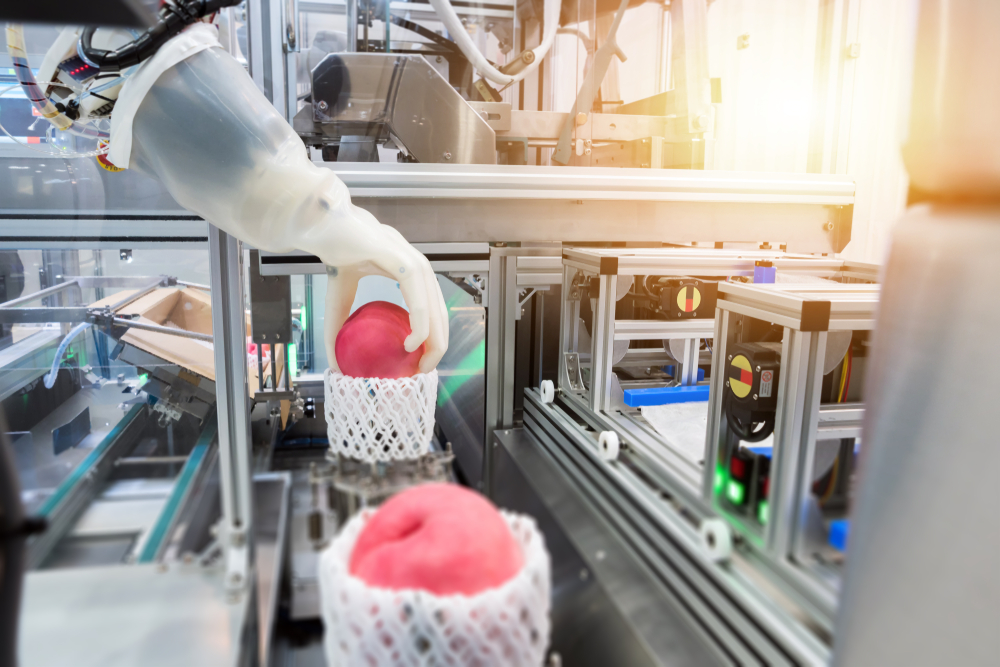Modular Production Systems: Reshaping Industrial Flexibility
Modular production systems are revolutionizing manufacturing landscapes, offering unprecedented adaptability and efficiency. This innovative approach to industrial operations allows companies to swiftly reconfigure production lines, meeting evolving market demands with agility. By breaking down traditional assembly processes into interchangeable modules, businesses can optimize resource allocation, reduce downtime, and accelerate product development cycles.

Early adopters faced challenges in standardization and integration, but as technology advanced, these hurdles diminished. The advent of computer-aided design (CAD) and sophisticated control systems in the 1980s and 1990s further propelled the concept, allowing for more complex and efficient modular setups.
Key Components of Modular Production Systems
At the heart of modular production are flexible manufacturing cells. These units contain all necessary equipment and tools to perform specific tasks independently. Each cell is designed for easy reconfiguration, allowing rapid changes in production flow.
Standardized interfaces play a crucial role, ensuring seamless integration between modules. These interfaces cover not just physical connections but also data exchange protocols, enabling smooth communication across the production system.
Automated guided vehicles (AGVs) often complement modular setups, facilitating the movement of materials and finished products between cells. This integration enhances overall system flexibility and reduces manual handling requirements.
Benefits for Business Operations
Implementing modular production systems offers numerous advantages for businesses across various sectors. One of the primary benefits is increased responsiveness to market changes. Companies can quickly adjust their production lines to accommodate new product variants or entirely different products without extensive downtime or retooling.
Cost efficiency is another significant advantage. By standardizing modules, businesses can achieve economies of scale in component production. Additionally, the ability to reconfigure existing modules rather than investing in entirely new production lines leads to substantial long-term savings.
Modular systems also contribute to improved quality control. Each module can be individually optimized and tested, ensuring consistent performance across the production process. This granular approach to quality management often results in reduced defect rates and enhanced product reliability.
Challenges and Implementation Strategies
While the benefits of modular production are compelling, implementation comes with its share of challenges. Initial investment costs can be substantial, as existing production facilities may require significant modifications to accommodate modular setups.
Employee training is another critical aspect. Workers need to develop new skills to operate and maintain modular systems effectively. This often necessitates comprehensive training programs and a shift in organizational culture towards greater flexibility and cross-functional capabilities.
Successful implementation strategies often involve phased approaches. Companies typically start by modularizing a single production line or product family, allowing them to learn and refine the process before scaling up. Collaboration with experienced system integrators can also smooth the transition, providing valuable expertise in design and implementation.
Future Trends and Industry Impact
As technology continues to evolve, modular production systems are poised for further advancements. The integration of artificial intelligence and machine learning algorithms promises to enhance system optimization, predictive maintenance, and autonomous reconfiguration capabilities.
The concept of “plug-and-produce” modules is gaining traction, where new production units can be seamlessly integrated into existing systems with minimal setup time. This trend is particularly relevant for industries with rapidly changing product lifecycles, such as consumer electronics.
Modular production systems are also aligning with sustainability goals. The ability to repurpose and reconfigure modules reduces waste and extends the lifespan of manufacturing equipment, contributing to more environmentally friendly industrial practices.
Practical Insights for Modular Production Success
• Conduct a thorough cost-benefit analysis before implementation, considering long-term flexibility gains against initial investments.
• Prioritize standardization in module design to maximize interchangeability and reduce complexity.
• Invest in robust data management systems to ensure seamless communication between modules and central control systems.
• Develop a comprehensive training program for employees, focusing on adaptability and cross-functional skills.
• Start with pilot projects to gain experience and refine processes before full-scale implementation.
• Regularly reassess and optimize module configurations to maintain peak efficiency and responsiveness to market demands.
In conclusion, modular production systems represent a paradigm shift in manufacturing, offering unparalleled flexibility and efficiency. As industries continue to face rapid market changes and increasing customization demands, the ability to swiftly adapt production capabilities becomes crucial. By embracing modular approaches, businesses can position themselves at the forefront of industrial innovation, ready to meet future challenges with agility and resilience.





